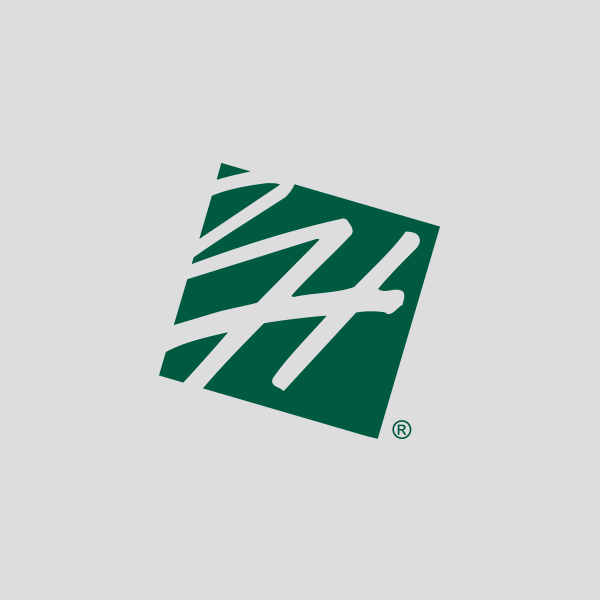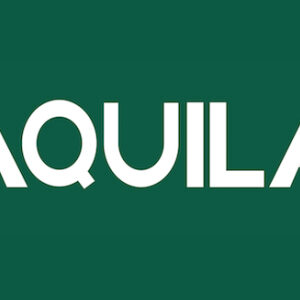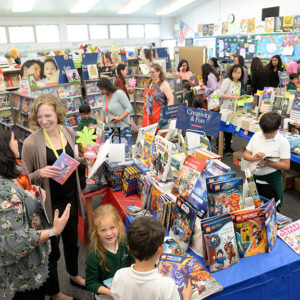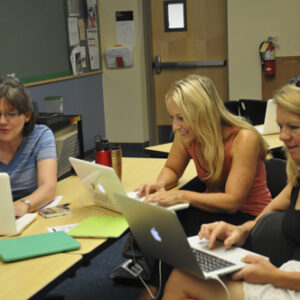This article was originally published in the summer 2012 Harker Quarterly.
Across Harker, new technology is being put to use in several capacities, ranging from how students receive and read classroom texts to how teachers run classes.
The Eagle Store, the new online marketplace for Harker books and logo merchandise, went live in early May, giving students and parents a new way to purchase and rent new and used textbooks. It also allows students to input their student ID numbers and see all of the required texts for the classes in which they’re enrolled, saving valuable time for students, parents and teachers alike. The online bookstore and book list for the fall 2012 semester went live on June 25. Coming soon is a bookstore for members of the Harker community who wish to purchase eBooks for personal interest, and the school will receive a portion of the sales made at this store, which is powered by Barnes and Noble.
“We’re trying to leave more room to make sure we cover the broadest spectrum of possible editions that are available,” said Dan Hudkins, director of instructional technology, explaining the reason for making the fall 2012 bookstore and book lists available at a later date. As a special deal, any orders of more than $99 made within two weeks of the June 25 opening will be shipped free of charge.
Students are now also able to take advantage of MBS Direct’s buyback feature to sell their books back once they are no longer needed. Users simply fill out an online form and receive a quote for their used books, which they then mail back. Once the books are received and processed, the user receives a voucher in the amount that the books were decided to be worth.
For added convenience and to save costs on shipping, two on-campus buyback dates were held in May and June for students in grades 6-12.
A change in policy now also allows students to use electronic textbooks, as long as their contents match with their hard-copy counterparts. This was done to “offer more choices to teachers, and get weight out of the backpacks,” said Hudkins. Upper school students will be allowed to use any laptop or tablet device to view e-text versions of textbooks, as long as they are legitimately acquired and match the physical copies.
At the middle school, e-texts will be allowed on approved reader applications, which have yet to be announced. “We’re going to restrict to things that have an app that will run on Mac and Windows,” Hudkins said. “If it also runs on an iPad or an Android tablet, and they want to download it on that as well, great, but it’s got to be something that they bring to school, and at the moment what they bring to school is either a Mac or Windows computer.”
While e-texts are not currently permitted at the lower school, students and teachers are still finding innovative ways to use cutting-edge technology. This year, a small selection of kindergarten and grade 1 teachers began using Apple iPads as teaching tools in their classrooms. The devices proved to be highly versatile and were used to make movies, perform drills and lead activities. Cindy Proctor, grade 1 homeroom teacher, used her classroom iPad to make movies of her students performing magic tricks. She then posted the movies on Open Classroom, an online forum where the students could watch the videos and leave comments about them.
Another class used the iPads to make miniature virtual aquariums while learning about the Great Barrier Reef.
“We were ready to replace the classroom computers with newer technology,” said Lisa Diffenderfer, assistant director of instructional technology for K-5. “We decided to go with the iPads because they were so much easier for the younger students to use.”
She added that many students took to the iPads quickly: “They already know how to use them because they might have some sort of Apple touchscreen device at home.”
Teachers found them highly useful as well, so much so that their use will be greatly expanded next year. “Many of the teachers started using them so extensively that we ordered five more for the math and language arts teachers,” Diffenderfer said. Beginning next year, the devices will be used by every kindergarten and grade 1 math and language arts teacher and will also be introduced to grade 2 classes.
They will also be able to integrate their laptops into the curriculum using software called Doceri, which displays the laptop’s screen on the teacher’s iPad, which can then be projected onto a whiteboard, essentially turning the teacher’s laptop into a touchscreen device that can be carried around the classroom. An example of this in action would be a teacher placing an iPad on a student’s desk and having her solve a math problem from her seat, with the screen projected onto the whiteboard for the entire class to see.
In order to prevent misuse of or damage to the iPads, they are only used under teacher supervision and cannot be taken home.
For grades 3-5, a pilot program using Google Chromebooks began this year with a small selection of students. The laptops, whose primary function is to connect to and use the Internet, have so far been so well-suited to educational purposes that all grade 5 students will be issued Chromebooks during the next school year, which they will be able to take home.
Students have used the Chromebooks to do research, write essays and receive assignments from teachers through Google apps. Diffenderfer will spend time over the summer doing research on various applications that could prove useful to teachers. Additionally, grade 5 social studies teacher Jared Ramsey and grade 5 English teacher Shelby Guarino have received grants from Harker’s technology grant program to find ways to get the most out of using Chromebooks in the classroom.
Chromebooks also have great security features, as they allow only teacher approved websites to be accessed. “We’ve only whitelisted the websites that the teachers said they want to use for academic purposes,” Diffenderfer said. In fact, the only complaint Diffenderfer received from students about the Chromebooks was that “they couldn’t play any games on it.”







